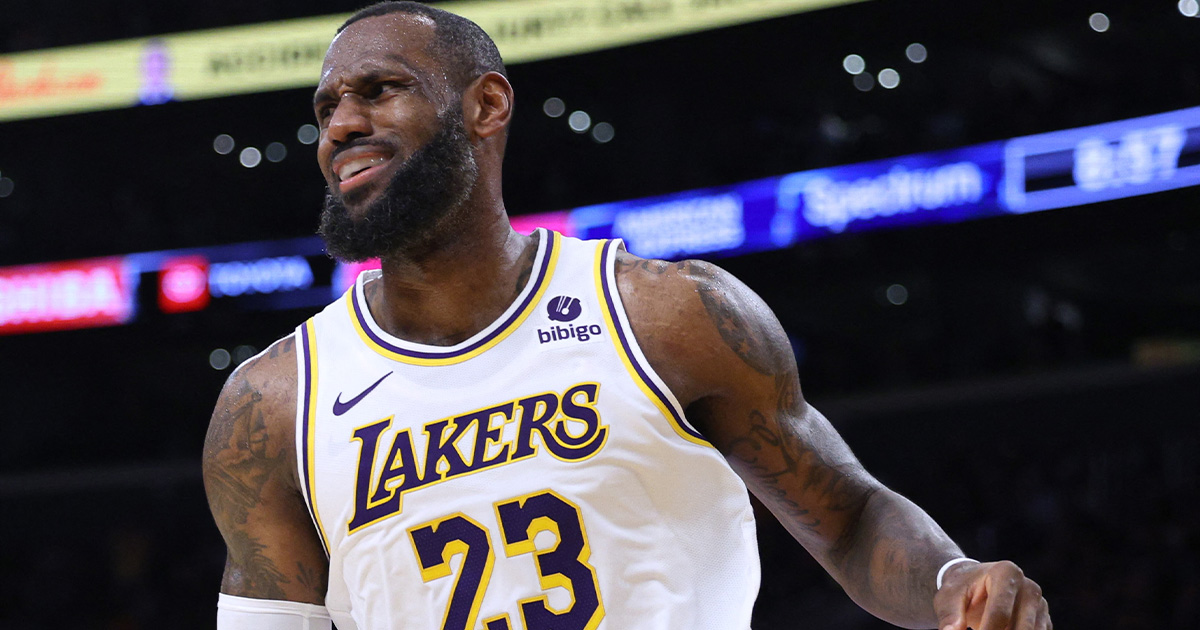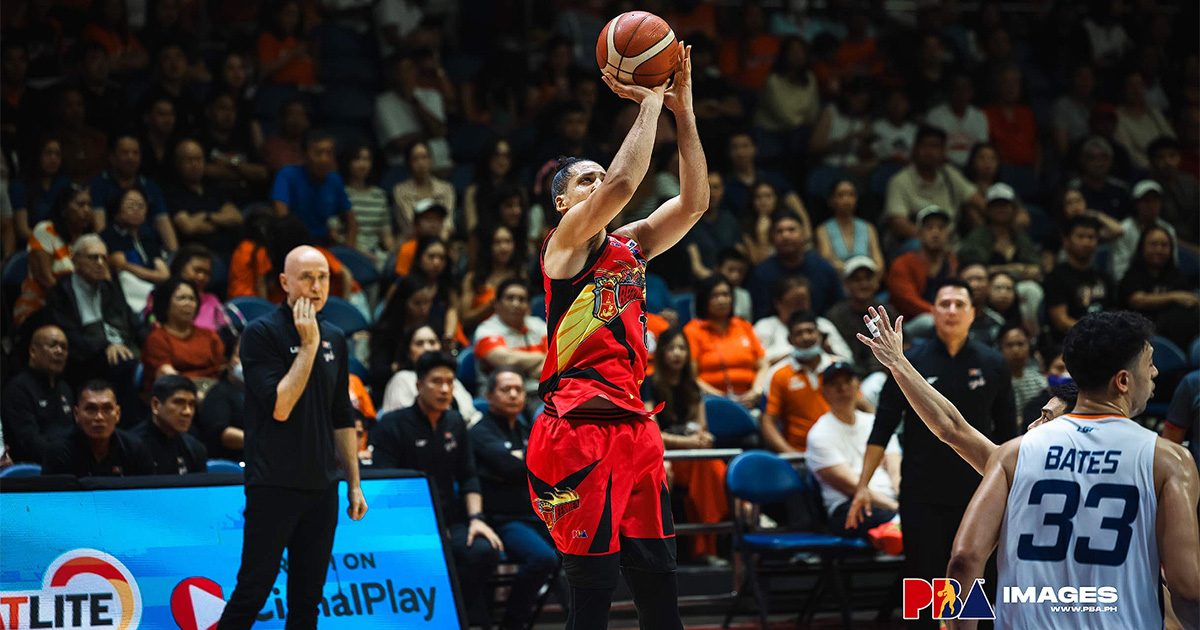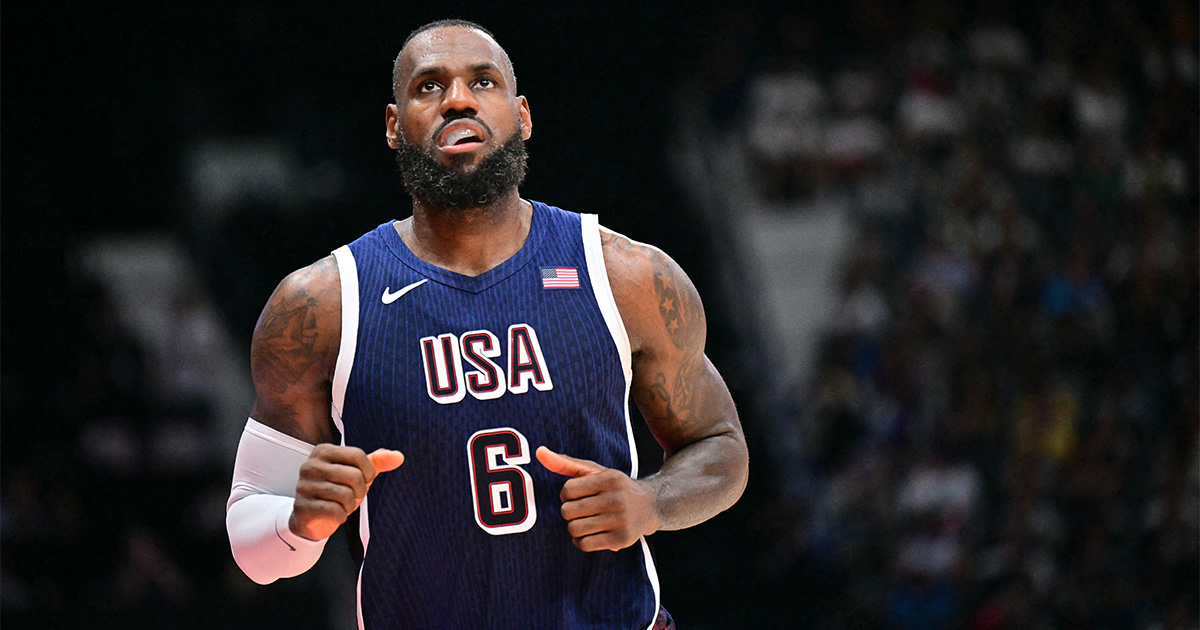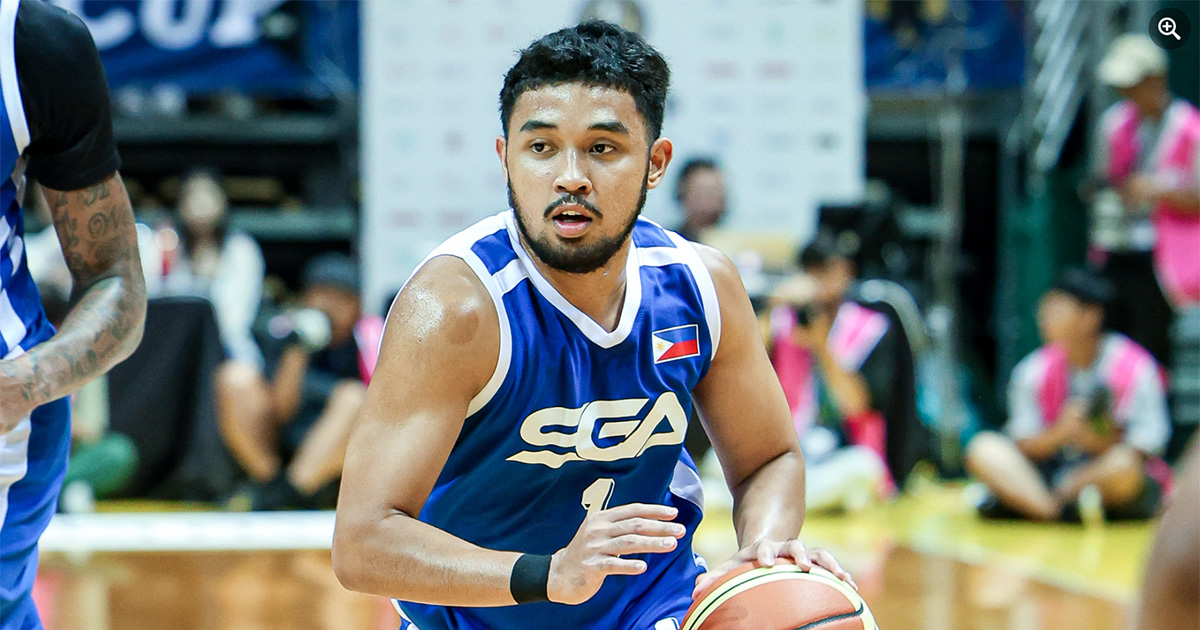The NBA features the world’s most phenomenal athletic specimens. Players today boast awe-inspiring combinations of size, speed, leaping ability, endurance and skill unmatched in league history.
But 50 years ago, NBA players looked far different – often shorter, slower and less sculpted. Strategic rule changes enabled completely different body types to gain advantages decade over decade.
In this blog, we’ll analyze how player physical profiles radically transformed throughout NBA history based on each era’s stylistic needs and competitive environments.
The 1960s and 1970s: Fundamentals Over Flash
In the NBA’s early decades after Bill Russell’s Celtics dynasty, substance reigned over style. Champions featured skilled tacticians like Oscar Robertson, Jerry West and Walt Frazier instead of overwhelmingly athletic raw talents. Most players lacked weight training background prior to reaching the league.
Heavyweights over 250 pounds were rare as the pace remained slow and cores slimmer. Guards stood shorter on average and lacked today’s sculpted musculature, explosive burst and tight handles. MVP winner Bob McAdoo for example averaged 34 points per game in 1975 standing just 6’9” weighing 215 pounds.
It’s worth noting though that athletic freaks still existed even in this era, with players like Wilt Chamberlain and Kareem Abdul-Jabbar becoming household names. Chamberlain in particular was so athletic that he necessitated rule changes to prevent him from completely destroying opposing teams.
Versus today where only the perimeter snipers like Kevin Durant feature such slim frames. Front court bruisers were often just 6’10’ and 220 pounds with enough mass to compete versus the era’s similarly lean centers. Style of play also forced adjusting to contact and mastering footwork for things like the skyhook shot to overcome modest leaping ability. But overall finesse and shooting touch proved more vital than vertical prowess.
The 1980s: Glamor and Grit
The 1980s saw an influx of bigger and faster prospects, especially from colleges embracing weight rooms and athletic training advances. Dominant bruising front court titans emerged like Moses Malone and Charles Barkley averaging 22-25 rebounds while scoring 25-30 points through sheer imposing strength and hustle.
Larry Bird and Magic Johnson brought heightened playmaking ingenuity and flair with crisp no look passes, ambidextrous ball handling and advanced court vision. But they moved athletically plodding at times, relying craftiness to get shots off and initiate offense rather than explosiveness.
The Detroit Bad Boys also ruled in this era and used their rule-bending defenses to slow down some of the game’s more pre-eminent players and teams. Their back-to-back titles were won through sheer physical domination, with their consistent hard fouls breaking opponents’ wills. They were the perfect counter to the flashy styles of play from the likes of Bird, Johnson and Jordan.
Near the decade’s end, Michael Jordan’s unequaled hang time leaping ability off drives and iconic dunks ushered the forthcoming aerial theater age as aesthetic above rim finishes received cultural glorification. His gravity bending athletic brilliance spawned many imitators during increasingly flashy 1990’s basketball.

The 1990s: The Jordan Era
As Jordan’s charisma boosted basketball’s status domestically throughout the 90s, a wave of draft prospects arrived boasting chiseled frames and diverse versatile skillsets. Jordan dominated the decade with two three-peats that made the Chicago Bulls the team of the 90s. Stars who idolized him came into the league and mingled substance with style, marrying power and finesse into complete all-around games.
Wing dynamos Grant Hill and Penny Hardaway flashed moves of guards with size of forwards combined with grace and artistry popularizing today’s do everything hybrid player prototype. Allen Iverson, Kobe Bryant and Vince Carter also started their careers in this decade and went on to become some of the most recognized names in NBA history.
Hakeem Olajuwon was perhaps the premier big man of the 90s with his signature ‘Dream Shake’ – a series of post moves and countermoves that made him unstoppable – that helped the Rockets win back-to-back titles. Instead of relying on raw power, Olajuwon played with graceful footwork that was helped by his background playing soccer as a kid. Dominant center Shaquille O’Neal also came into the league at this time and blended agility along with unprecedented strength generated by his supersized frame.
Lithe marksman Reggie Miller symbolized the decade’s increased three point bombing enabled by 1994’s closer arc while back iron shattering dunks satiating crowds demanding entertainment spectacle. This era would be bridged by the arrival of Tim Duncan in 1997 and O’Neal reaching his prime at the end of the decade.
The 2000s: Era of the big man and the arrival of LeBron James
With post play remaining slow and methodic, building around hulking back-to-the-basket bruisers thrived early last decade. O’Neal, Duncan and other titans punished smaller front lines with basic power drop steps and jump hooks between occasional put back jams. The two big men were on squads that won eight of nine titles between 1999 and 2008 and at least one of them was in the NBA Finals in each of those years.
The supply dynamic of usable seven footers remained quite rare even towards end of 20th century. But global basketball infrastructure grew significantly heading into 2000s as youth academy programs professionalized abroad and more international talents finally reached NBA radar by early adulthood.
A fresh crop of giants with developed skills thus entered the NBA – including a historic Spanish teenager named Pau Gasol in 2001 boasting polished inside moves with a soft shooting touch. Foreign-born Kristaps Porzingis even offered a completely novel unicorn mold decades later as a 7’3” shooter blocking shots while spacing the floor beyond the arc. Kevin Durant, who is closer to 7’0 but listed himself at 6’9, also entered the league with a perimeter-oriented game that built on what Dallas Mavericks legend Dirk Nowitzki did in the league.
Once-celebrated centers like Dwight Howard faced extinction for lack of shooting range or passing feel. But the NBA landscape significantly expanded thanks to an unprecedented flood of internationally trained bigs during this generation.
As the 2000s continued and hand checking rules further enabled penetrating guards, lumbering big men struggled keeping up in open space and teams downsized faster lineups. That helped Gasol win titles with Kobe Bryant as because they became the modern version of the center and guard combo that also helped Bryant win titles with O’Neal earlier in the decade. Instead of pure power, Gasol used finesse and intelligence to help Bryant and the Lakers.

The 2010s: Decade of the scoring Playmaker
Strategic rule tweaks late the prior decade enhanced flow and triggered modern pace and space basketball. Positions became far more fluid, with versatile forwards suddenly running offenses creating for teammates off the dribble rather than just back down slower opponents.
Unique offensive initiators LeBron James and James Harden became unstoppable in this era with their ability to score from all levels and also get their teammates involved.
LeBron generated momentum powering through masses with Karl Malone size meeting Scottie Pippen agility. James made eight-straight trips to the NBA Finals as a member of the Miami Heat and Cleveland Cavaliers, and the recurring story was that he had a ‘Big Three’ with a skilled guard and big man to complement his skills.
While Harden perfected his patient dribble craft, lulling shot blockers to sleep before unfurling graceful Euro step finishes, freakish unicorn athletes like Giannis Antetokounmpo and Anthony Davis highlighted the transition to multi-skilled big men who could get involved in all facets of the game on both ends of the floor. Yet even among the decade’s physical marvels, their skill mastery and court vision enabled atypical playmaking roles for their heights proved most aesthetically mesmerizing.
This was also the decade that saw the rise of Steph Curry, who became the greatest shooter in league history and also won three titles in the decade while making the NBA Finals for five-straight seasons. Curry won two of those titles with Durant as their ability to both shoot, pass, and draw attention from defenses opened up the game for other skilled teammates like Klay Thompson and Draymond Green.
The 2020s: Shooting and Switchability
Basketball entered perfect symbiotic evolution this decade between strategic ideology and emerging player prototypes. Positional distinctions and conventions eroded entirely as skill versatility and range shooting became paramount team building traits.
Premium wings and forwards sized 6’5” to 6’9” demonstrate coveted physical molds for their ability to guard multiple positions, warp spacing offensively while shooting above shorter guards, and exploit smaller forwards off the bounce using length to finish at the rim creatively. Modern unicorns like Luka Doncic and Jayson Tatum meld size, finesse and floor stretching shooting range to access scoring avenues from all levels and angles.
Hulking bruisers without passing feel or shooting touch faded into irrelevance. This is what led to the rise of stars like Joel Embiid and Nikola Jokic. While the two still had the strength and ability to bang in the post, they also opened up the game by being able to playmake, shoot the long ball and dictate the tempo of games. Jokic in particular is recognized as one of the greatest playmakers of all time, regardless of size.
Even 2023-24 rookie sensation Victor Wembanyama offers a completely unprecedented physical profile blending otherworldly length with enough coordination to shoot accurately off screens from 30 feet at 18 years old. The NBA adapted towards switch-everything defensive schemes.
As analytic advantages reveal what skillsets unlock the most team success by spreadsheet formulas, NBA organizations adjusted prospect wish lists and player development training accordingly.
Like other sports, pro basketball evolved strategically and culturally over decades to dictate different player archetypes. Rule tweaks enabled skill versatility and shooting range to become preeminent traits as hoop height remained constant amidst bigger bodies entering the league yearly.
Advancements in Sports Science and Training:
The evolution of NBA player physical attributes can be attributed, in part, to advancements in sports science and training methodologies. Teams now employ a cadre of specialists, including sports scientists, nutritionists, and physiotherapists, to optimize player performance and maintain peak physical condition throughout the grueling NBA season.
Impact on Playing Styles and Strategies:
Changes in player physical attributes have had a profound impact on playing styles and team strategies. The shift towards smaller, more agile lineups, coupled with an increased reliance on three-point shooting, has revolutionized the game. Teams are now more strategic in their approach, leveraging the unique skill sets of their players to gain a competitive edge.
But from George Mikan to Victor Wembanyama, generational talents always overcame competitive conditions. Because basketball often comes down to hunger, creativity and work ethic first before even otherworldly size or bounce.
The Early Giants:
In the league’s infancy, sheer size and strength reigned supreme. Centers like Wilt Chamberlain (7’1″, 275 lbs) and Bill Russell (6’10”, 215 lbs) dominated the paint, dictating the pace of the game with their imposing presence. Players were less specialized, expected to rebound, score, and defend with equal ferocity. The fast break was practically non-existent, and post play ruled the day.
The Rise of Speed and Skill:
The 1970s and 80s saw a shift towards a more fast-paced, ball-dominant style of play. Magic Johnson and Larry Bird ushered in a new era of ball-handling wizardry, while Michael Jordan redefined athleticism with his gravity-defying dunks and unstoppable drives. Players began specializing in specific roles, with point guards orchestrating offenses and shooting guards becoming lethal scorers. Teams embraced the fast break, demanding more agile and quicker athletes.
The Three-Point Revolution:
The introduction of the three-pointer in 1979 irrevocably altered the NBA landscape. Teams started prioritizing perimeter shooting, placing a premium on players with long-range accuracy and spacing ability. Big men eventually began developing outside shots, paving the way for the “stretch four” archetype. Players like Dirk Nowitzki and Kevin Durant showcased an unprecedented blend of size and shooting, forcing defenses to adapt to a new offensive threat.
The Age of Analytics and Positionless Basketball:
With the rise of advanced analytics and sports science, teams started optimizing lineups based on statistical matchups and player efficiency. Traditional roles like “center” and “point guard” became increasingly blurred. LeBron James defied basketball conventions with his blend of power and playmaking, while Giannis Antetokounmpo’s combination of size, speed, and skill redefined what it meant to be a dominant force. Teams embraced “positionless basketball,” prioritizing versatility and skill sets over labels.
The Future of the NBA Physique:
Looking ahead, what trends might shape the physical attributes of future NBA players?
- Greater focus on athleticism and stamina: The relentless pace of the modern NBA will likely demand even more explosive athletes with exceptional cardiovascular endurance.
- Increased focus on player development and training: Advanced training methods and sports science will likely play a greater role in optimizing players’ physiques and skillsets.
- Continued blurring of positions: The “positionless” approach might become even more prevalent, with players expected to contribute offensively and defensively from multiple positions.
- The continued emphasis on three-point shooting: With the emphasis on spacing and offensive efficiency, elite shooting will remain a highly sought-after skill.
Remember, the evolution of the NBA physique is not just about physical changes. It’s a reflection of how the game itself has evolved, embracing new strategies, technologies, and playing styles. As the league continues to grow and adapt, the canvas of the NBA athlete will undoubtedly continue to transform, painting a future filled with even more athletic marvels and breathtaking feats of skill on the hardwood.
The game’s history reveals how champions feature enough self-improvement dedication towards mastering baseline ambidexterity along with skill development needed for era-specific greatness – regardless of toolkit limitations or strategic environments faced. So while physical and stylistic changes constantly unfold across NBA history, the true greats shine through by adding new dimensions to their games pivotal that particular moment. By treated basketball as a blank canvas for imagination rather than defined sport with rigid skill requirements, the all-timers showcase malleable excellence forever clearing new frontiers assumed impossible yesterday but normalized today.

















Ira Bush